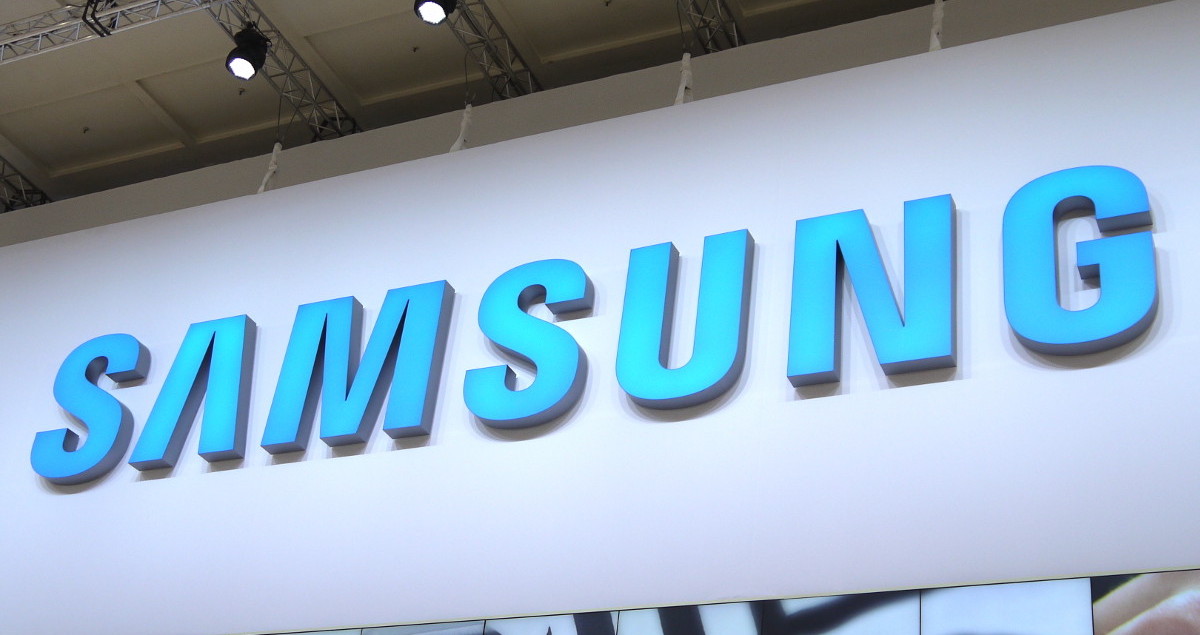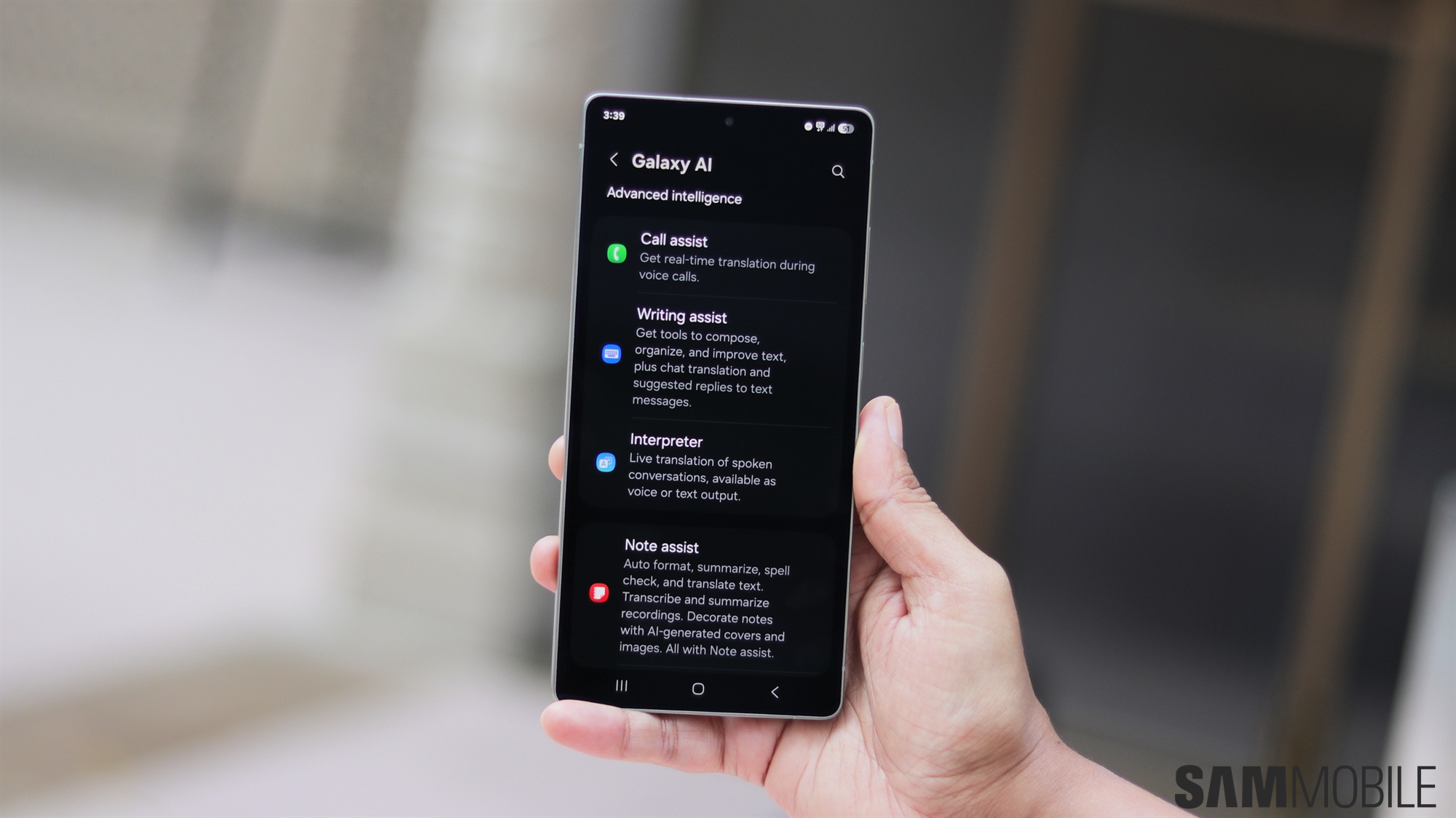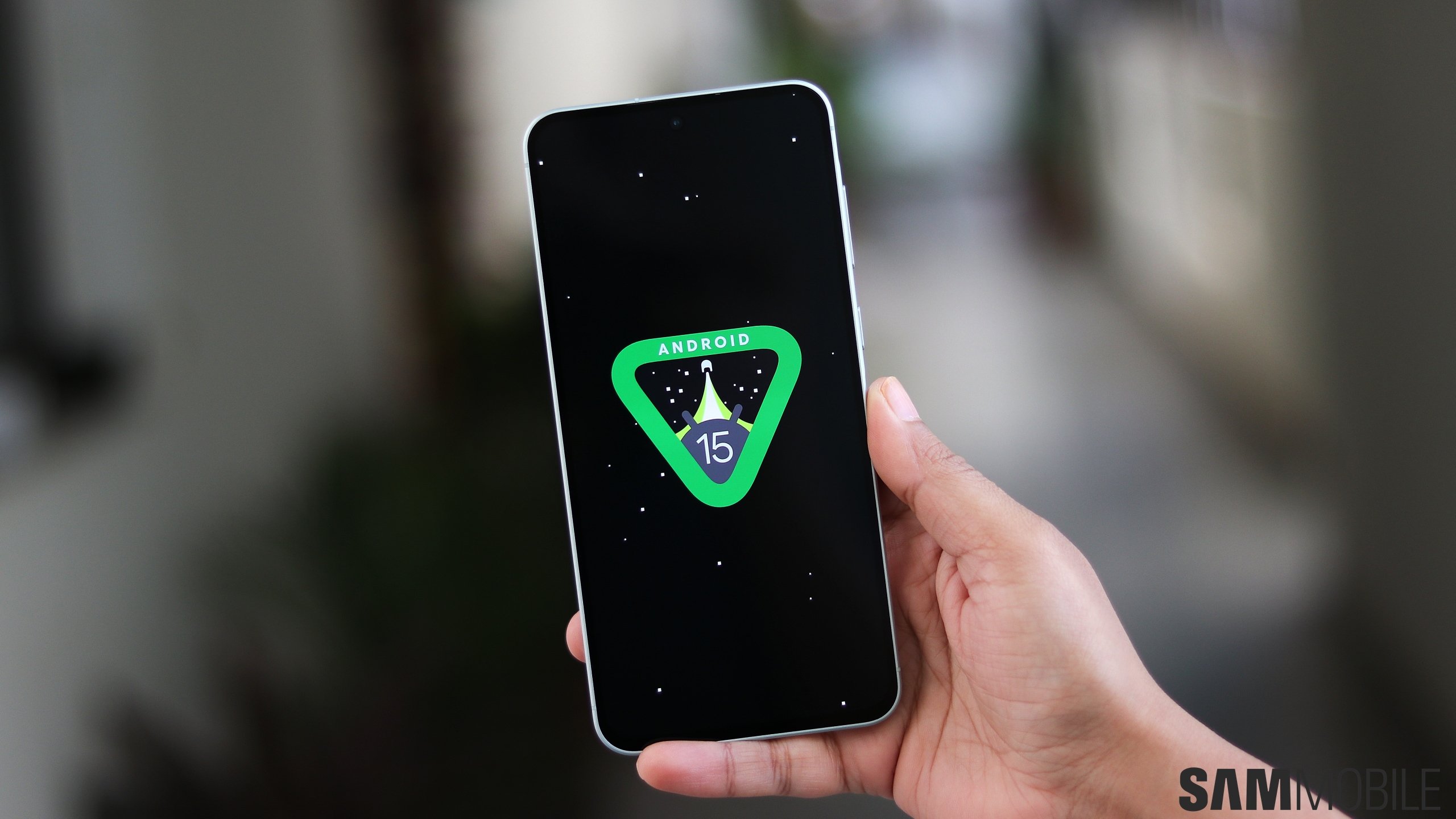
The company has likely been working on revamping its strategy for this segment for quite some time. It finally revealed what it intends to do now in order to better compete against the Chinese. DJ Koh, the CEO of Samsung's mobile division, said two weeks ago that the company will now be packing more technology in its mid-range devices to appeal to the vast majority of customers that don't buy a flagship.
This meant that the company would now introduce new technologies even before they're brought to the flagship Galaxy S and Galaxy Note series. New tech used to trickle down from those lineups previously. Two weeks after Koh revealed the strategy, Samsung launched its first smartphone with a triple camera system today.
Samsung vs Huawei: The Korean giant hits back
It was believed for the longest time that the Galaxy S10 would be Samsung's first smartphone with a triple camera system at the back. It made perfect sense. The Galaxy S10 will be Samsung's 10th anniversary flagship. It's almost certainly going to bring major improvements. Samsung will ship that phone with three cameras that's for sure. However, it's no longer conceding space to its rivals by making its fans wait. If you're a Samsung fan and you want a triple camera smartphone you will soon be able to purchase the new Galaxy A7.
The company is going to do something similar for the in-display fingerprint sensor as well. We have heard rumors every year for the flagship devices over the past couple of years that the upcoming high-end device will bring an in-display fingerprint sensor. Samsung is yet to do that. Even though some of its Chinese rivals have already been selling phones with display-based fingerprint sensors. Reports suggest that Samsung will likely launch a new smartphone with an in-display sensor a few months before the Galaxy S10 arrives with one.
Samsung is clearly reacting to the competition as it runs the risk of being left behind. Chinese manufacturers, particularly Huawei and its sub-brand Honor, have achieved milestones at an astonishing pace and at Samsung's expense to some extent. It has captured the market's attention with advancements in camera hardware, adopting new technologies and even new gradient colors which Samsung is also responding to now in China. Huawei is one of the fastest growing mobile brands on the planet. That's despite the fact that it's essentially non-existent in North America.
Soon after reports surfaced that Huawei is looking to launch a foldable smartphone before the end of the year, Samsung came out and acknowledged that it is indeed developing its long-rumored foldable smartphone. It also expressed its wish to be the company that launches the world's first proper foldable smartphone. Samsung is now going to unveil the device at its annual developers' conference in November even if it doesn't end up shipping the device this year.
Evidently, it's keeping a close eye on the likes of Huawei. Samsung is responding to ensure that the Chinese behemoth doesn't challenge its dominance in the global smartphone market. Samsung fans have long been waiting to see this kind of response from the company. It hasn't really reacted to these developments in the past few years. To some, it felt that Samsung was simply resting on its laurels while the Chinese were dictating where the smartphone market was to go.
The new Galaxy A7 is the first salvo from Samsung in this tussle. The triple camera system is the handset's biggest feature and that's what customers will buy it for. If this wasn't enough, Samsung has also developed a four camera smartphone which it will announce on October 11. It will then show off its foldable smartphone in the following month. Thus the news cycle this fall will prominently feature Samsung's new and innovative products. They will be poles apart from what we have seen from the company in recent months. There are even reports that Samsung is looking to further cut its margins on affordable devices to be competitive on price as well.
Its Chinese rivals have also been playing up the integration of artificial intelligence in their camera software. They claim it provides a smarter imaging experience. Samsung has responded on this front as well. The Scene Optimizer that it launched with the Galaxy Note 9 has been released for the Galaxy A8 Star as well. The new Galaxy A7 also gets the Scene Optimizer. This smart feature automatically categorizes the subject of the image. It then adjusts the contrast, color and brightness on its own for better image quality.
Features like AR Emoji which were previously limited to the Galaxy S9 and Galaxy Note 9 have been rolled out for the Galaxy S8 and the Galaxy Note 8 as well. It goes to show that Samsung is attaching renewed importance to the camera experience on its devices, mid-range and flagship alike.
This is all very promising. Samsung has clearly recognized the threat. It doesn't really come from Apple in the high-end segment. As far as its smartphones are concerned Apple is now headed in another direction entirely. Moreover, the flagship smartphones that Samsung makes are more than capable of holding their own against the iPhones.
Samsung's dominance of the market has been built on its mid-range and entry-level devices. It certainly needs to keep this up and also has to be competitive on price going forward. That is key to taking on its Chinese rivals head on. They have almost perfected the art of selling smartphones packed with technology at really aggressive price points.
I just hope it's not too little and too late, for Samsung's sake.















